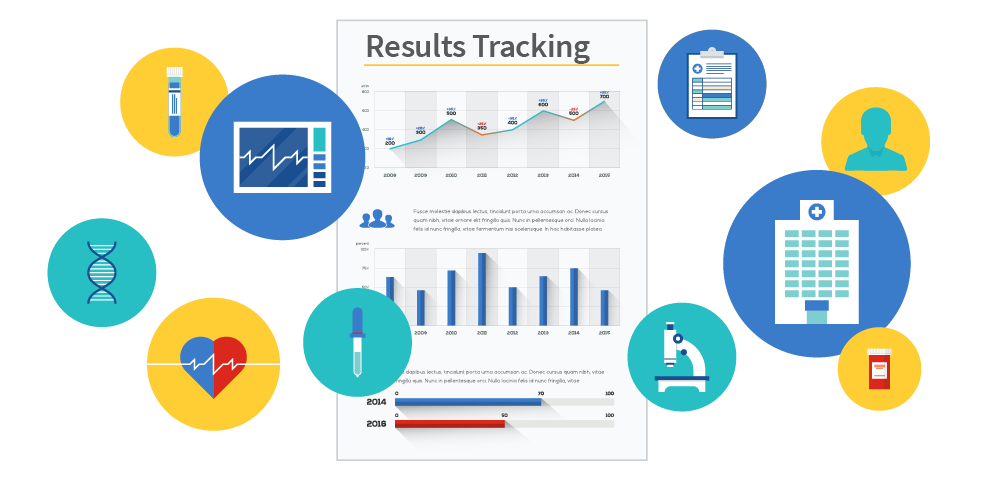Clinical Quality and Safety

Delivering optimal care is an ongoing process. It builds on the foundation of evidence-based care and moves through a continuous cycle of:
Effective use of health IT helps make the right information available to the right people at the right time, which can fuel an upward spiral of continuous improvement, moving from current care toward optimal care.
The process of enhancing care starts with measuring the results of current processes and practice patterns.
Quality measurement provides tangible feedback to clinicians and other health care team members about care processes and outcomes. Teams can use this feedback to identify opportunities to improve care and outcomes for their patients.

![]() Identifying target areas with high potential to improve care is the place to start for effective improvement plans. Helping clinicians and staff understand and focus on improvement targets can contribute to better patient outcomes.
Identifying target areas with high potential to improve care is the place to start for effective improvement plans. Helping clinicians and staff understand and focus on improvement targets can contribute to better patient outcomes.
Planning improvements specific to a practice’s needs is important for ensuring buy-in from clinicians and staff and is becoming increasingly important in the quality environment. Clinicians are now being rewarded for improvements focused on care coordination, beneficiary engagement, and patient safety.
Improvement work begins with targeted process changes in areas of opportunity, and evaluating whether the changes are making an impact.
Using structured tools and reliable measures allows organizations to monitor and measure progress. These practices support the continuous quality improvement cycle.


